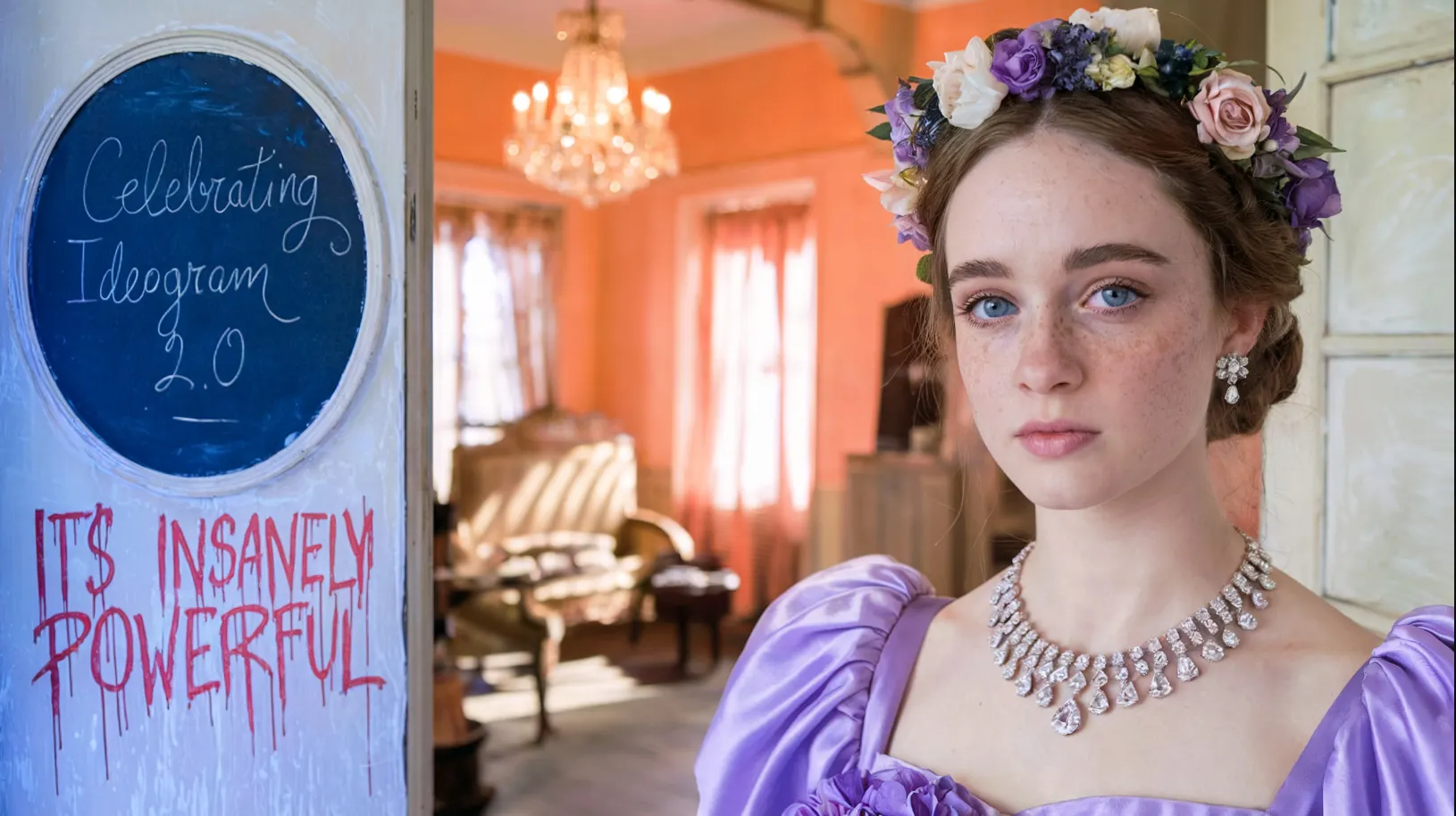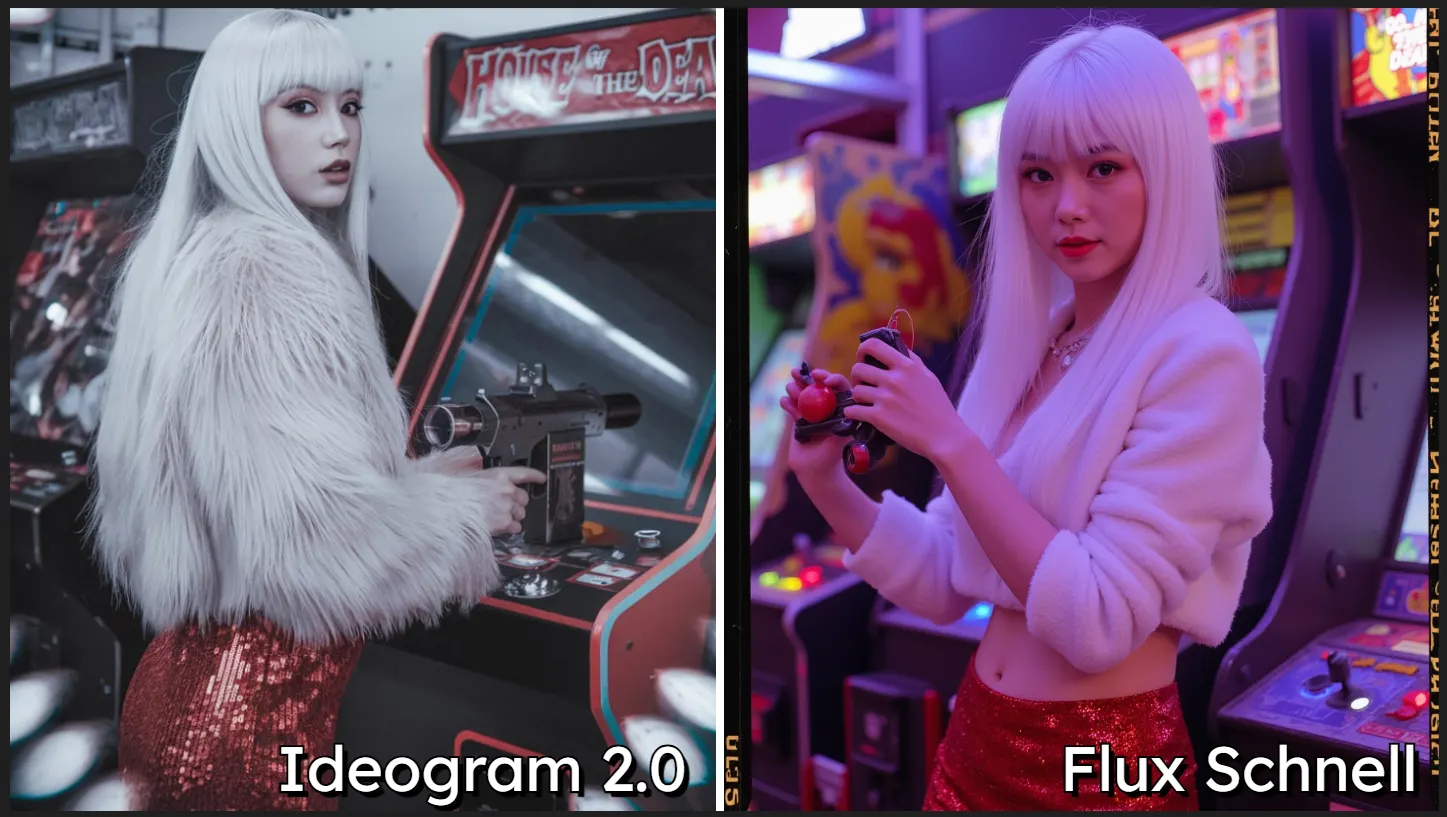Ideogram AI unveiled Ideogram 2.0 on Wednesday. The next generation of its text-to-image model aims to challenge the dominance of established players in the generative AI space.
The release comes just days after the much-anticipated implementation of Flux.1 as the primary image generator for Grok on X (aka Twitter), a move that has solidified Flux.1's position as a powerful and versatile contender in the post-Stable Diffusion XL (SDXL) era. Open models vying for supremacy include Auraflow, KwaiKolors, Hunyuan, Lumina, and Kandinsky 3.
"Ideogram 2.0 significantly outperforms other text-to-image models across many quality metrics, including image-text alignment, overall subjective preference, and text rendering accuracy," the company said in its official announcement.
Alongside the new model, Ideogram also launched a new set of features to make their whole suite more competitive. These include an iOS app and an API for developers.
Founded by former Google alumni, Ideogram has long been recognized for its pioneering work in incorporating text generation capabilities into its image models. It was the first model to do it, alongside a lesser-known experiment from Stability AI called Deep Floyd IF.

With the release of Ideogram 2.0, the company has increased the overall quality of its model’s outputs, making it faster, more capable, and versatile thanks to a new option for five different presets: realism, drawing, 3D, anime, and a general purpose implementation.
The update also introduces a color palette to give users more control over the aesthetics and the composition.
The “Realistic” style in Ideogram 2.0 enables users to create images that look like real photographs. “Textures are significantly enhanced, and human skin and hair appear lifelike,” Ideogram says. On the other hand, the “Design” preset focuses on accurate and artistic text generation. “This enables you to create premium graphic designs for greeting cards, print on demand, posters, illustrations, and marketing and social media content with long, stylized text.” the announcement reads.
Besides these two styles, the “3D” preset focuses on generating images that mimic a computer render, the “Anime” preset stands as a strong competitor against MidJourney’s Niji style for Hapanese manga-inspired creations, and the “General” preset is a one-size-fits-all versatile setting that will adapt the output to the prompt.
Initial reactions from social media users have been pretty positive overall, with many sharing their Ideogram-generated creations that showcase the model's remarkable abilities in realism and the rendering of famous personalities. Our first tests were satisfactory, particularly when utilizing the "Realism" preset, which at first glance seems to match the performance of Flux.1.

However, this may not be the best one for power users who want to test it for free. The free version of Ideogram 2.0 comes with a daily limit of 20 images (five batches of four images), with paid plans starting at $8 per month, and an unlimited slow generations plan priced at $20 per month. However, it is still competitive against MidJourney, which asks for $10 for its lowest tier and $30 monthly for unlimited slow generations.
Ideogram's offerings are positioned as a more accessible alternative to MidJourney, as the model's natural language processing capabilities allow for a more intuitive and streamlined prompt experience similar to what ChatGPT offers with Dall-E 3, and in contrast to MidJourney's reliance on the traditional "SDXL" prompting style with specific keywords and commands.
If money is not an issue, users may want to evaluate features over output quality, as both models are pretty competitive. MidJourney offers a very powerful personalization feature that lets users create their own style. It also has a pretty capable image editor that makes it possible to tweak generations with pretty high levels of control.
In contrast, Ideogram 2.0 gives users a lot of control over their generations without having to rely on prompt engineering or additional tools like Style Transfer, LoRAs or IPAdapter. The color palette options and presets may be a great way to get personalized results, especially for new users.
Edited by Ryan Ozawa.

